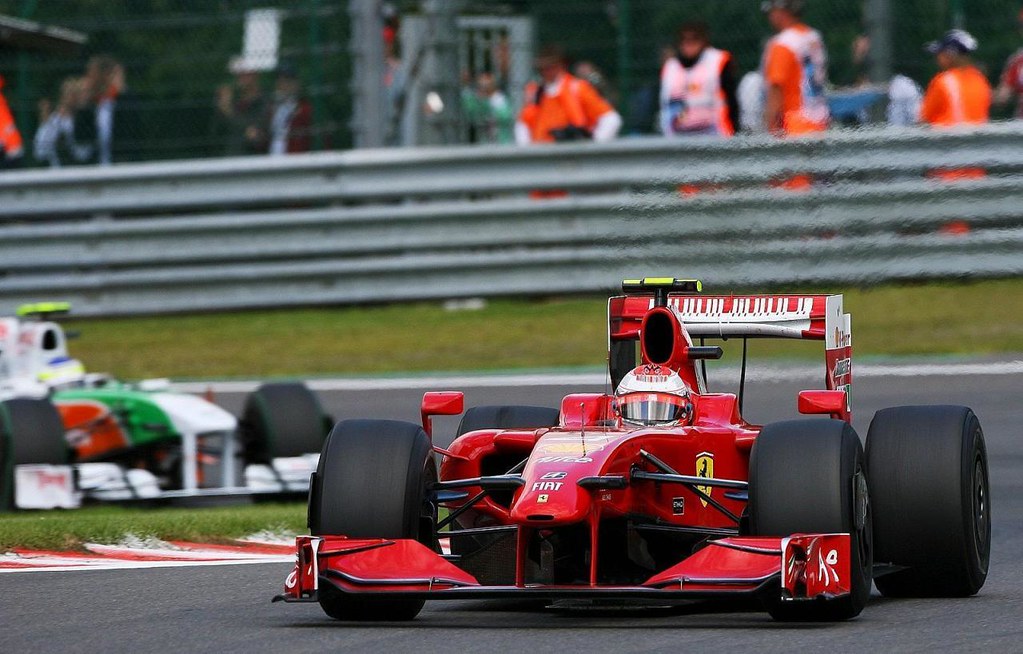Plate tectonics
Cards (32)
- What are the four main layers of the Earth?
- What is the diameter of the inner core?
- What is the composition of the inner core?
- What is the temperature of the inner core?
- How thick is the outer core?
- What state of matter is the outer core?
- How thick is the mantle?
- What are the temperature ranges of the outer core?
- What is the density of the mantle compared to the outer core?
- What types of crust make up the Earth's crust?
- How thick is the oceanic crust?
- How does the density of oceanic crust compare to continental crust?
- How thick is the continental crust?
- Why is the continental crust older than the oceanic crust?
- What happens to oceanic crust due to plate movement?
- What is a plate boundary?
- What is the distribution of earthquakes related to plate boundaries?
- Where do most earthquakes occur?
- What types of plate boundaries do most volcanoes occur at?
- Where are the majority of active volcanoes located?
- What are hotspots in geology?
- How many main types of plate boundaries are there?
- What are the four main types of plate boundaries?
- What occurs at a constructive plate boundary?
- Give an example of a constructive plate boundary.
- What occurs at a destructive plate boundary?
- Give an example of a destructive plate boundary.
- What happens at a collision boundary?
- What geological feature forms at a collision boundary?
- What occurs at a conservative boundary?
- What is the only hazard at a conservative boundary?
- What are the differences between the four types of plate boundaries?
See similar decks
1.1 Plate Tectonics Theory
Edexcel A-Level Geography > Unit 1: Tectonic Processes and Hazards45 cards4.1 Plate Tectonics
AP Environmental Science > Unit 4: Earth Systems and Resources33 cards2.2.4 Place
Edexcel GCSE Business > Theme 2: Building a Business > 2.2 Making Marketing Decisions115 cards1.2 Tectonic Hazards
OCR GCSE Geography > Unit 1: Our Natural World > 1. Global Hazards61 cards2.2.4 Place
Edexcel GCSE Business Studies > 2.2 Making Marketing DecisionsNo cards1.2 Tectonic Hazards
Edexcel A-Level Geography > Unit 1: Tectonic Processes and Hazards44 cards2.1.1 Concept of Place
OCR A-Level Geography > 2. Human Interactions > 2.1 Changing Spaces; Making Places39 cards1.3 The place of voluntary work
OCR A-Level French > 1. Theme 1: Aspects of French-speaking society: current trends56 cards1.3 Coordinate Geometry in the (x, y) Plane
Edexcel A-Level Mathematics > 1. Pure Mathematics43 cards2.2.3 Transverse plane and longitudinal axis
GCSE Physical Education > 2. Movement analysis > 2.2 Planes and axes of movement21 cards3.2. Tectonic Hazards
AQA A-Level Geography > Component 1: Physical Geography > 3. Hazards60 cards1.3 The place of voluntary work
AQA A-Level French > 1. Aspects of French-speaking society: current trends52 cards3.9 Refraction at a plane surface
2024-25 AQA A-Level Physics > 3. Waves34 cards2.2.2 Frontal plane and sagittal axis
GCSE Physical Education > 2. Movement analysis > 2.2 Planes and axes of movement42 cards1.3 Coordinate Geometry in the (x, y) Plane
OCR A-Level Mathematics > 1. Pure Mathematics126 cards3.5.1 Tectonic Processes and Landforms
OCR A-Level Geography > 3. Geographical Debates > 3.5 Hazardous Earth44 cardsUnit 1: Tectonic Processes and Hazards
Edexcel A-Level Geography134 cards2.2.1 Sagittal plane and transverse axis
AQA GCSE Physical Education > 2. Movement analysis > 2.2 Planes and axes of movement33 cardsUnit 5: Conflict, Crisis, and Reaction in the Late 18th Century (1648–1815)
AP European History339 cards2.2.3 Transverse plane and longitudinal axis
AQA GCSE Physical Education > 2. Movement analysis > 2.2 Planes and axes of movement32 cards3.9 Refraction at a plane surface
AQA A-Level Physics > 3. Waves39 cards
